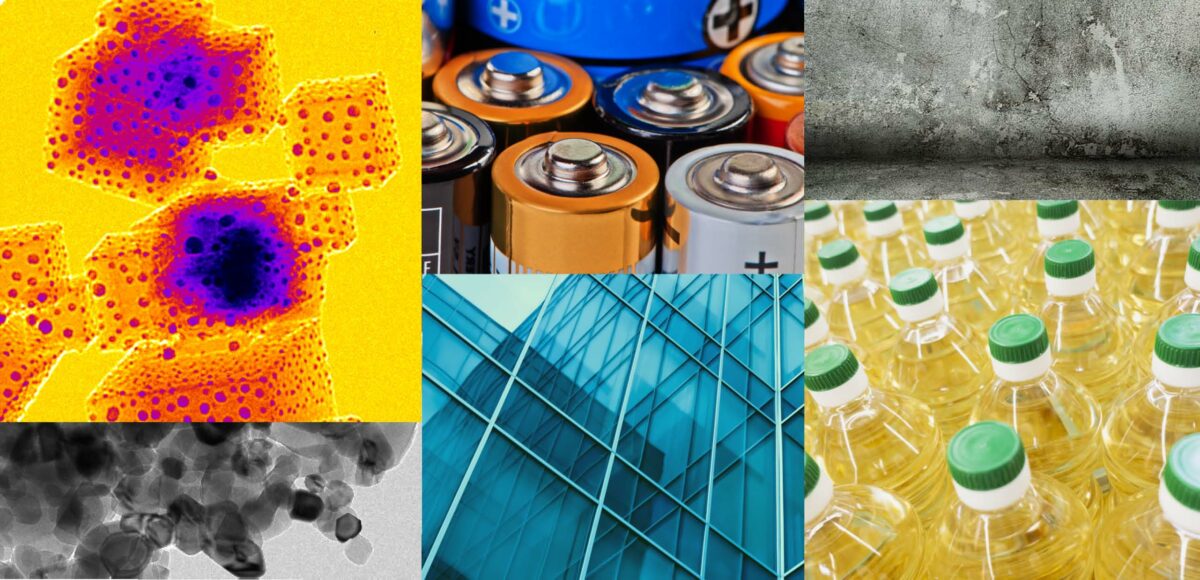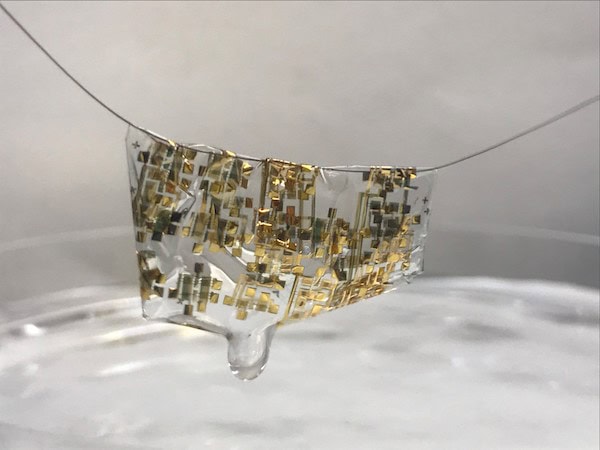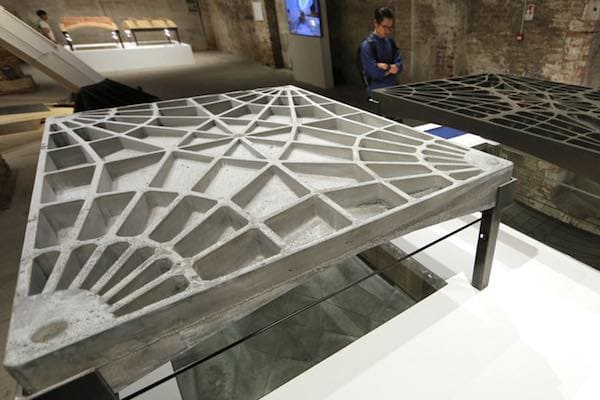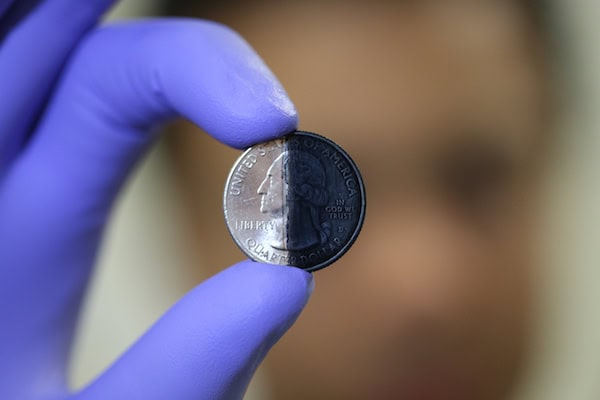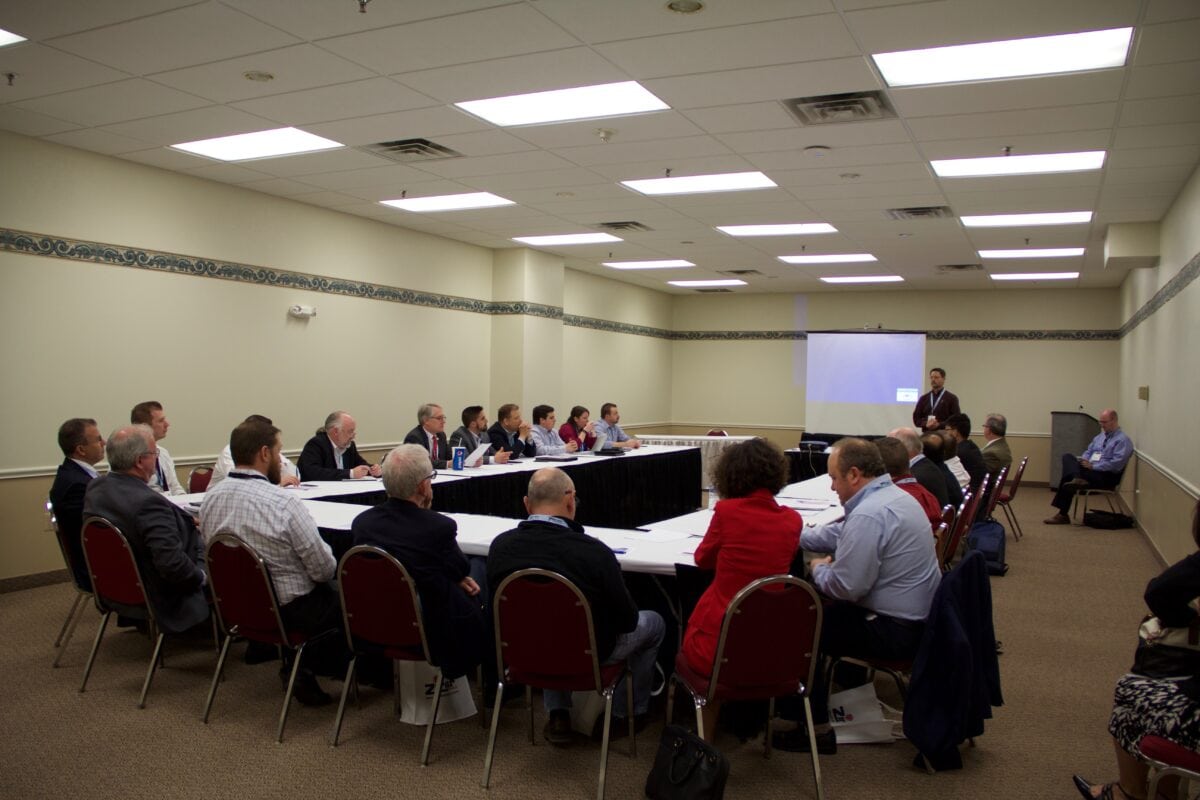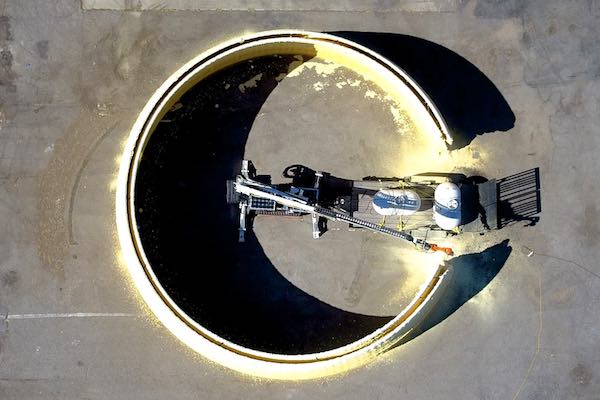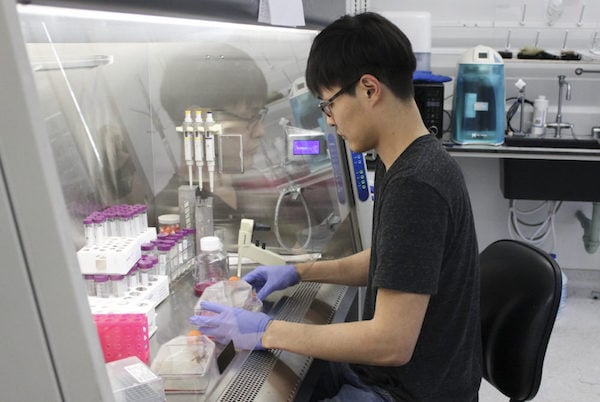Archive for 2017
Other materials stories that may be of interest
Thin-film ferroelectrics go extreme, fiber hybridization technology for next generation concrete, and other materials stories that may be of interest for May 17, 2017.
Read MoreBiodegradable electronics might become a reality in the future
Our electronic devices might become biodegradable in the future. Stanford researchers have created a biodegradable electronic device characteristic of human skin—flexible, self-healing, and degradable with the addition of a weak acid.
Read MoreArched design allows concrete floors to go thinner and lighter, offers green building solution
Researchers at ETH Zürich have developed a new modular and thin concrete flooring system that weighs 70% less than conventional concrete floors and could offer a greener building solution.
Read MoreElectroplating lithium-ion battery cathodes could yield higher-performing batteries
Electroplating may soon be the newest process to manufacture lithium-ion batteries. Researchers have devised a method to eliminate inactive materials in lithium cathodes, resulting in batteries that are 30% more powerful and less expensive.
Read MoreGlass goes ballistic: What happens when you shoot a bullet at Prince Rupert’s drops?
Prince Rupert’s drops are strong—but are they strong enough to survive being shot with a high-speed bullet at point-blank range? YouTube channel SmarterEveryDay recently posted a series of videos exploring the limits of strength of Prince Rupert’s drops in the face of some serious ammunition spewed from progressively bigger guns.
Read MoreWestern New York Section Holds Planning Meeting
The newly revitalized Western New York Section held a well-attended meeting in Cleveland, Ohio, on April 26, 2017, in conjunction…
Read MoreVideo: 3-D printers could soon ‘print’ entire buildings
3-D printing is quickly becoming a ubiquitous technology in many industries. Now, a researcher from Massachusetts Institute of Technology has developed a 3-D printing system to construct a large building.
Read MoreOther materials stories that may be of interest
Stenciling with atoms in 2-D materials possible, sodium and magnesium to replace lithium in batteries, and other materials stories that may be of interest for May 10, 2017.
Read MoreResearch team uses 3-D printer to create synthetic nerve and organ tissues
Scientists at George Washington University are using 3-D printers to create substitute tissues to support damaged bone, cartilage, and neural tissue during the healing process. Their research could eventually help patients with damaged tissues heal more quickly.
Read MorePerovskite oxide with record high conductivity could replace indium tin oxide in display screens and beyond
Researchers from the University of Minnesota and beyond may have found the ideal indium tin oxide replacement in a transparent perovskite oxide material that displays record high conductivity despite having a wide bandgap.
Read More